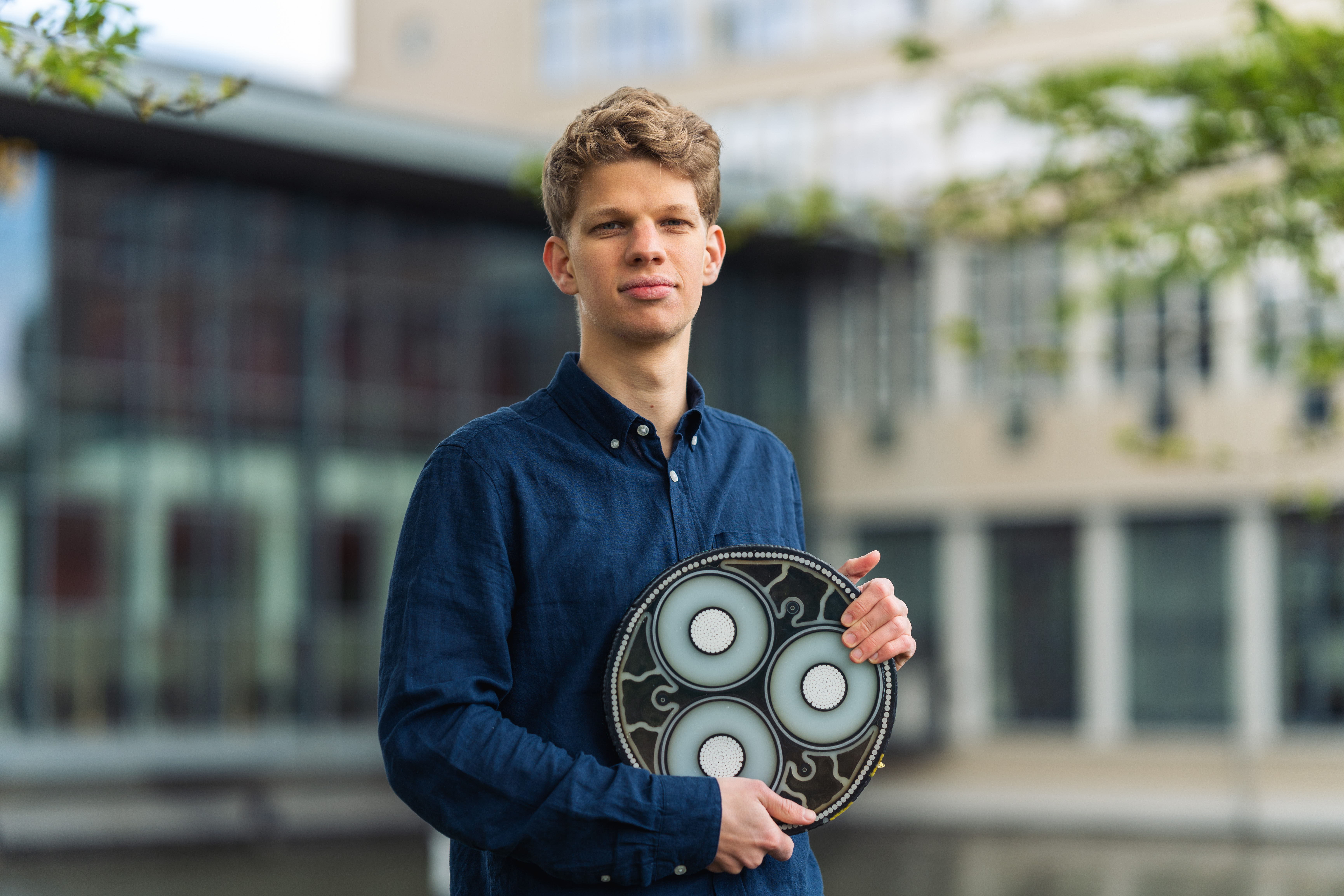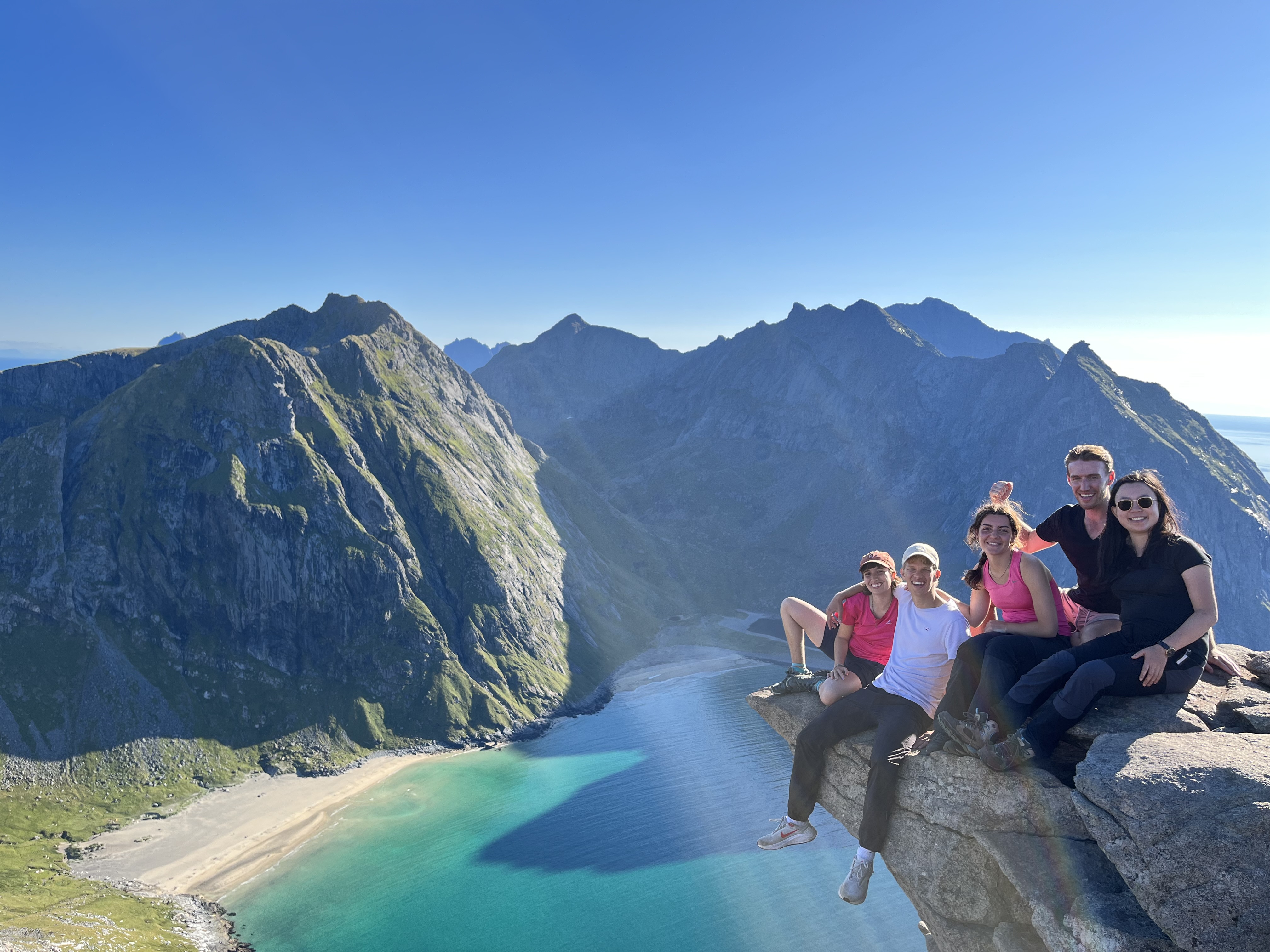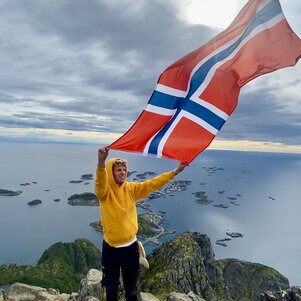Master's student Wessel Bruinsma investigates how offshore power cables can be dug up and recycled when offshore wind farms 'run out' after 20 years. Currently, these cables are often abandoned in the seafloor, which is a shame because they contain lots of metal, including copper. Not only is this topic the subject of Wessel’s graduation thesis: he also wants to get the industry thinking.
What exactly did you investigate?
"My thesis is about decommissioning and recycling offshore power cables that connect offshore wind farms to the onshore power grid. These cables are long and thick and contain vast quantities of metals and critical raw materials such as copper and aluminium. Wind farms last about 2 to 3 decades before they’re in need of replacement. Companies are now required by law to dismantle the entire wind park and leave the site behind neat and tidy - but many chose to simply abandon the cables in the past, as they’re usually buried several metres under the sea floor. Consequently, it’s not particularly easy to get them back to shore, which is what makes cleanup such an interesting topic. Companies that choose to recover the cables now - and many don’t - send a ship out to sea and just start pulling on cables on the off chance that one will budge. My models let you simulate whether cables can be pulled out or whether another approach is needed. The same models can be used when the cables are laid, as they let you figure out how deep the cables should be buried to make them easy to retrieve later.”
“It’s a relatively novel topic because most wind farms are nowhere near the end of their life span, but it will be a big issue in the near future, when the first generation of wind farms is decommissioned.”
Why does this matter?
“In the past, it was common practice to just abandon the cables. While leaving the cables behind was certainly the easy option, it’s absolutely indefensible from a circular point of view. After all, the materials can still be put to good use. What’s more, the cables could disintegrate over time and potentially pose an environmental hazard. Finally, it’s worth noting that there’s a massive web of cables on the bottom of the North Sea already: power cables, data cables, gas pipelines, you name it. If we just leave everything behind, we’ll be left with a cluttered mess before long. We’ve already reached the stage that old cables have to be cleared to make room for new cables. If we keep going the way we have, you won’t be able to see the seabed because of all the cables a few centuries from now. Fortunately, legislation is getting stricter.”
“Under certain circumstances, removing the cables is actually quite doable. My mission was to identify these circumstances. From what types of soil and at what depths can you use a ship to pull a cable from the sea floor and when do you have to take an alternative approach? Armed with these insights, you can analyse the situation before you set out and come up with better plans. Moreover, you can use the same analysis when you lay new cables.”
Leaving thousands of kilometres of high-quality cables behind on the sea floor is absolutely indefensible from a circular point of view.
How did you set up your research project?
“I started off with a literature review. Because it’s a novel topic, there was relatively little literature available, so I conducted interviews with industry experts who use the cables in question. I’m writing my thesis for NKT Cable Group, a company that produces and installs offshore power cables for companies like TenneT. I also interviewed lots of people at NKT.
I’m currently in the second phase of my project, which revolves around creating a model that calculates whether or not a cable can be pulled free. I wrote a Python model to predict soil resistance and linked it to existing software, OrcaFlex, which simulates how cables behave in water. Integrating these two models produces exactly the results I’m looking for.”
What part of your research project have you enjoyed most so far?
"I thoroughly enjoyed speaking to people in the field. It was fascinating and I learned a lot. I got to rapidly familiarise myself with offshore cables - a world I knew nothing about. Hearing people’s different ideas and solutions was particularly interesting. It was a great learning experience: I realised not all roads lead to Rome.
I’ve also loved working with NKT, especially because my research might lead to a tool that will actually be used in practice. Leaving a legacy of sorts is always a good feeling."
What was the biggest challenge?
“I knew nothing about soil mechanics, so that was a new field for me. Moreover, the Python model I wrote was the first soil model ever built for a cable, so I had to build a lot from scratch. Fortunately, I was able to use soil models for pipelines. Crucially, these models look for the exact opposite to my model, because pipelines are most stable when soil resistance levels are as high as possible. Pulling out offshore cables, on the other hand, is easier when soil resistance is as low as possible.
Integrating my Python model with the OrcaFlex software is also tricky, but I think I’ll crack it.”
What’s the most important thing you’ve learned?
“Students can make a difference: even if you’re a complete novice at first. While I’ve always found the idea of recycling cables rather intuitive, the industry has not yet caught on. It’s just not financially interesting yet. Still, I’m glad to have contributed to raising awareness on this topic just by talking about it. After all, if we’ll have to remove all those cables we’re laying a few decades from now, perhaps now is a good time to start thinking about how.”
What’s next?
“My thesis supervisor Rudy Helmons has told me that the university is very interested in the topic of decommissioning wind farms and would like to do more. A final project for bachelor’s students has just now been launched on this topic under his aegis. He was drawn to the topic and turned it into a practical assignment for bachelor’s students reading Mechanical Engineering. They’ll be doing tests in a water tank in a lab to see how retrieving buried cables works in practice.”
This will be a big issue in the near future, when the first generation of wind farms reaches the end of its life span.
You did your literature review in Norway. What was that like?
“That’s right. All students in our track go to Denmark and Norway for one semester each. I spent last semester in Trondheim to complete my final courses and do the literature review. I loved every minute. In the summer, we took part in a three-week introduction programme that immersed us in the Norwegian language, culture and, above all, nature. It was a perfect start to my stay there and I felt completely at home by the time the academic year started. In our spare time, we went on countless trips to the fjords, mountains, forests and lakes. We spent a lot of time outside and slept in tents and huts whenever we
Studyrelated
Wessel Bruinsma is in the final year of the dual EWEM programme (European Wind Energy Master), a collaborative programme offered by several European universities with a focus on wind energy. Wessel opted for the Offshore Engineering track, having spent one semester in Delft, six months in Denmark and six months in Norway. He has a bachelor’s degree in Mechanical Engineering from the Faculty of ME.
Why did you choose to study Mechanical Engineering at ME?
“I had my heart set on an engineering programme with lots of different applications. On top of that, I’d done several projects with robots at secondary school and I was looking forward to doing more at university.”
What skills or knowledge have helped you most in your research?
“My coding skills (Python) and the bachelor’s courses in mechanics proved particularly useful.”




